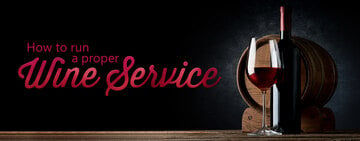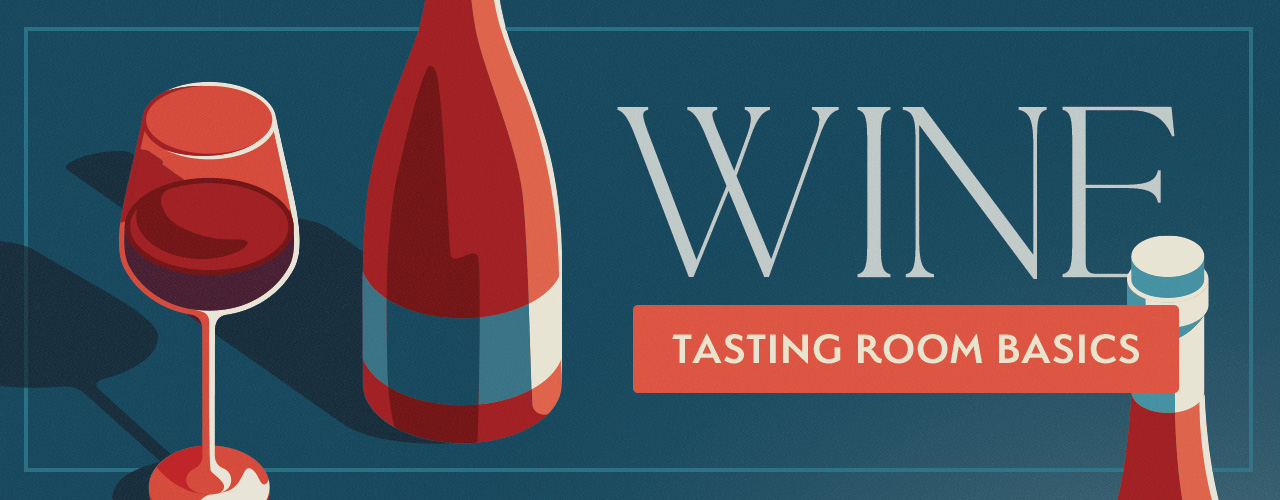
Wine tasting rooms are essential for wineries looking to provide a unique and engaging experience for their customers. These spaces allow wine enthusiasts to sample a variety of wines, learn about different grapes and winemaking techniques, and gain a deeper appreciation for the art of wine. With a carefully curated wine list, knowledgeable staff, and a welcoming atmosphere, wine tasting rooms play a crucial role in building brand loyalty and increasing sales for wineries.
Shop All Wine Tasting Room SuppliesWhat Is a Tasting Room?
A tasting room is a designated area in which customers can try different types of wine or beer that your business offers. These rooms are typically located on-site and can be used as a way to sell products directly to the customer. Offering a wine tasting at your winery allows customers to try a product before committing to a bottle of something they may not like.
Wine tastings can be a fun way for couples, friends, or coworkers to get together. Depending on the size, tasting rooms can also be used to house wedding receptions, corporate events, and other social gatherings. Additionally, a tasting room is an effective space to market your wine club to interested customers.
Benefits of a Wine Tasting Room
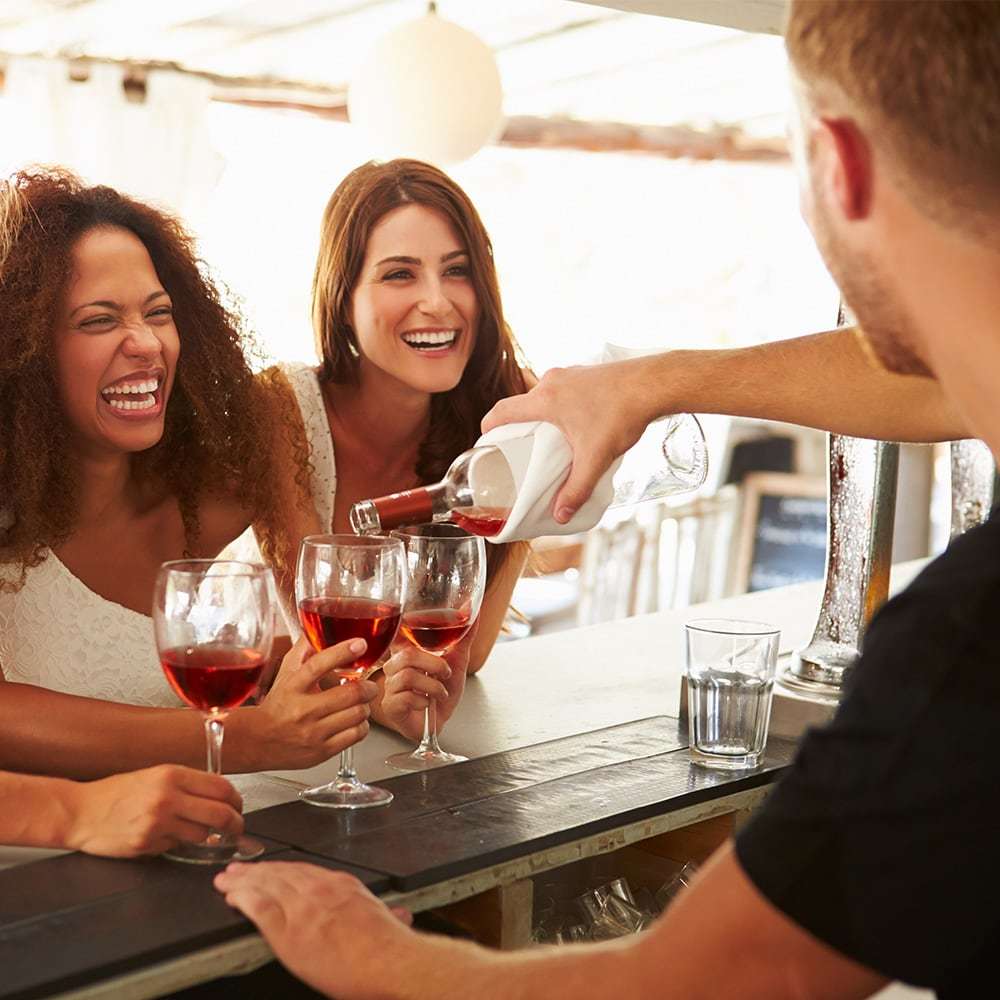
Wine tasting rooms offer numerous benefits to wineries and vineyards, making them an essential component of a successful wine business. From fostering brand loyalty to providing a platform for direct sales and marketing, wine tasting rooms play a crucial role in engaging customers and driving revenue. Here are some key benefits of having a wine tasting room:
- Creates Brand Loyalty: A wine tasting room provides a unique opportunity for customers to experience your brand firsthand. By offering a welcoming and memorable tasting experience, you can establish a strong connection with customers, leading to increased brand loyalty and repeat business.
- Offers a Personal Connection: Through guided tastings and one-on-one interactions with staff members, customers can learn more about the winemaking process, the history of the vineyard, and the unique characteristics of different wines. This personal touch helps to create a memorable experience for customers and fosters a sense of community around your brand.
- Educates Customers: Tasting rooms are an ideal setting for educating customers about your wines, winemaking process, and wine-drinking best practices, like how to hold a wine glass and when to decant wine. By sharing your knowledge and passion for winemaking, you can enhance the customer experience and help them appreciate the nuances of your products.
- Encourages Direct Sales: A wine tasting room provides a direct sales channel for your products, allowing customers to purchase wines on-site. This direct-to-consumer approach can help increase sales and profitability, as well as build a loyal customer base that values the convenience and personalized service of buying directly from the source.
- Supports Marketing and Research: Tasting rooms offer valuable insights into customer preferences, trends, and feedback. By engaging with customers face-to-face, you can gather data to inform your marketing strategies, product development, and future offerings. Tasting room visitors can help spread the word about your wines to their friends and family and expand your customer base.
How to Start a Wine Tasting Business
Whether you're a winery owner looking to expand your offerings or a wine enthusiast with a passion for sharing your knowledge, establishing a successful wine tasting room requires careful planning and attention to detail.
- Planning and Licenses: Conduct market research to understand the local wine industry and consumer preferences. Create a business plan and secure the necessary permits and licenses to operate a wine tasting room legally.
- Location and Setup: Choose a location that is easily accessible to potential customers and has a welcoming ambiance. Design a tasting room layout that allows for a comfortable and enjoyable experience for visitors.
- Wine Selection and Suppliers: Curate a diverse selection of wines to cater to different tastes and preferences. Offer a mix of varieties, regions, and styles to appeal to a broad range of customers.
- Staffing and Training: Hire knowledgeable and friendly staff who can provide insights and guidance to customers during tastings. Provide thorough training on wine tasting techniques, wine regions, and customer service best practices.
- Marketing and Promotion: Develop a strong online presence through a website and social media platforms to attract customers. Build relationships with wine bloggers, influencers, and media outlets to generate buzz and drive traffic to your tasting room.
How Much Is a Wine Tasting?
A wine tasting cost can range from $0 to $20 and above. It is common practice, however, to either waive the fee of the tasting or offer a discounted rate if a customer decides to purchase one or more bottles afterward. When pricing out your menu, keep the following in mind:
- How many wines guests may sample
- Complimentary cheese and snacks
- If guests can keep their glass as a souvenir
- Average price of a bottle of wine
Wine Tasting Supplies

Before opening a tasting room, you’ll want to invest in the following wine tasting supplies:
- Wine Glasses: Opt for clear, stemmed glasses with a tapered bowl to enhance the aromas and flavors of the wine. Choose wine glasses that are large enough to swirl the wine without spilling and thin enough to allow for a delicate sip.
- Spittoons: Spittoons provide guests with a discreet way to dispose of excess wine during a tasting. These receptacles should be placed throughout the room to ensure a seamless tasting experience.
- Tasting Sheets: Provide wine tasting sheets for guests to jot down their impressions of each wine tasted. This allows them to remember their favorite wines for future purchases.
- Water and Crackers: Offering guests water and crackers during a tasting helps cleanse their palate between sips and prevents palate fatigue.
- Wine Pourers and Rinsers: Wine pourers help control the wine flow during tastings, while rinsers provide a quick and convenient way to clean glasses between pours.
- Wine Buckets: Use wine buckets to keep your selections appropriately chilled and at the perfect serving temperature for your customers to enjoy through their tasting.
- Wine Accessories: Consider stocking up on wine accessories such as corkscrews, wine stoppers, and wine aerators to enhance the tasting experience. These can be offered as souvenirs or gifts.
How Does Wine Tasting Work?
Wine tasting is a sensory experience that allows individuals to evaluate and appreciate different types of wines. Understanding the basics of how wine tasting works can enhance the overall experience and help individuals develop a discerning palate. Consider the following while setting up your tasting room:
Wine Tasting Order
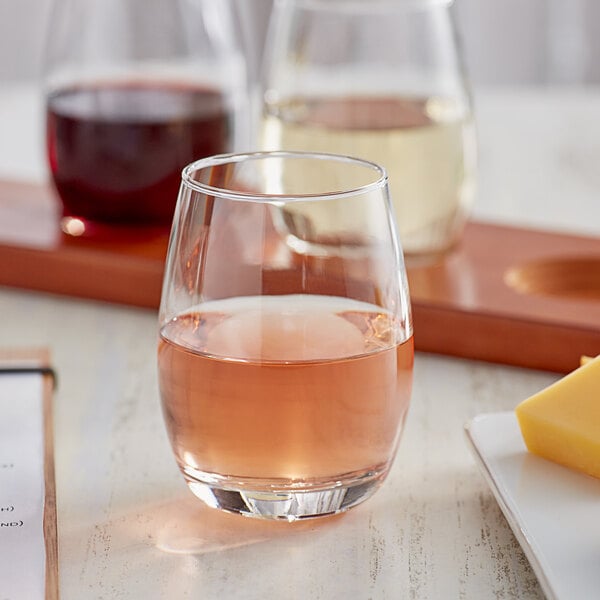
When it comes to hosting a successful wine tasting in your establishment, the order in which you present the wines is crucial to the overall experience. By following a strategic wine tasting order, you can enhance the flavors and aromas of each wine, allowing your guests to fully appreciate the nuances of each variety. Here are some key facts to keep in mind when determining the wine tasting order for your event:
- Start with Whites Before Reds: It is generally recommended to begin the tasting with white wines before moving on to reds. This helps prevent the bolder flavors of red wines from overpowering the more delicate nuances of white wines.
- Progress from Dry to Sweet: Within each category of white and red wines, start with the driest wines and progress towards the sweeter options. This gradual transition allows guests to fully appreciate the varying levels of sweetness and acidity in each wine.
- Consider the Intensity of Flavors: When planning the tasting order, factor in the intensity of flavors in each wine. Begin with lighter-bodied wines and move towards fuller-bodied options to prevent palates from becoming fatigued too quickly.
- Include Sparkling Wines: If your tasting includes sparkling wines, it is best to serve them towards the beginning of the lineup. The effervescence and acidity of sparkling wines can act as a palate cleanser, preparing guests for the subsequent wines.
- End on a High Note: Finish the tasting with a memorable wine that leaves a lasting impression on your guests. Consider selecting a special or unique wine to conclude the tasting experience on a high note.
Best Wines for Wine Tasting
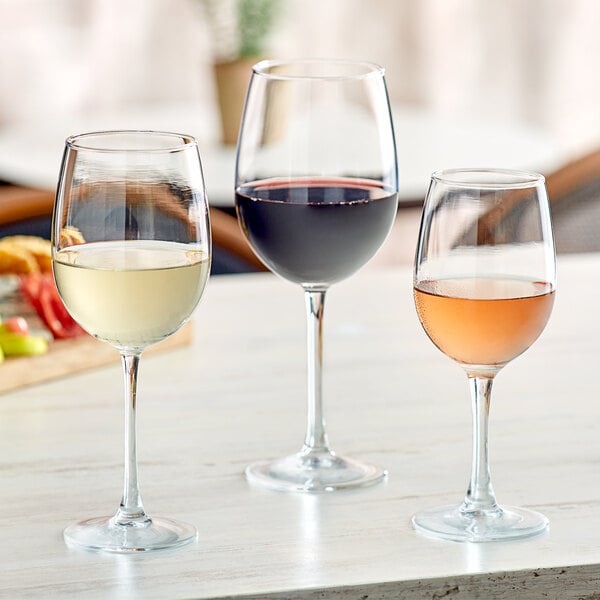
When selecting wines for your wine tasting room, it's important to offer a diverse selection to cater to different palates. These are some of the most popular wines for wine tasting rooms:
- Light, dry white wine: Sparkling wine, Riesling, Pinot Grigio
- Heavier white wine: Sauvignon Blanc, Chardonnay
- Rose: Pink Moscato, White Zinfandel
- Light-bodied red wine: Pinot Noir, Grenache, Zinfandel
- Full-bodied, bold red wine: Merlot, Cabernet Sauvignon, Shiraz, Syrah
- Sweet or dessert wines: Fruit wines, Concord
Wine Tasting Sample Size
A wine sample is typically 2 to 3 ounces, which is half the size of a regular serving. One bottle of wine can produce approximately 10 sample sizes. You can use wine tasting glasses or full-sized wine glasses for the smaller portion. Standard-sized glasses allow customers to effectively swirl their wine to fully release and enjoy the unique aromatics.
How to Taste Wine
Once you have carefully curated your wine list, you are ready to open your tasting room to the public. Use these steps to guide your customers through the proper wine tasting etiquette:
- Pour the wine and observe its appearance. The visual aspect of wine is the first step in the tasting process. By observing the color, clarity, and viscosity of the wine, tasters can glean insights into the grape variety, age, and even the winemaking process.
- Swirl the wine and inhale the aroma. The nose is a powerful tool in wine tasting, as it can detect a wide range of scents, from fruity and floral notes to earthy and spicy aromas. When you swirl the wine in the glass, it allows these complex aromas to be released.
- Taste a sip of wine and note its structure. This is when the palate comes into play. The structure of the wine refers to how the different components - acidity, tannins, alcohol, and sweetness - are balanced. A well-structured wine is harmonious and enjoyable to drink.
- Note the finish of the wine. The finish, or aftertaste, is the final impression the wine leaves on the palate. It can be short, medium, or long, depending on the wine's complexity and quality.
- Assess the overall quality of the wine. This involves considering all the aforementioned factors and determining whether the wine is well-made, balanced, and expressive of its terroir.
You can expand your offerings and apply these techniques for brandy tastings or tequila tastings.
Do You Spit out Wine at Wine Tasting?
At a wine tasting, some customers may choose to taste and spit out the wine rather than swallow it. This is so they can experience the aromas and taste of the wine without becoming intoxicated from drinking too much. Be sure to provide spittoons for your guests to either spit into or dump out the remainder of their sample.
Wine Aroma Wheel
A great way to help your employees and guests find the right words to describe different wines is to provide them with a wine flavor wheel. This graphic offers descriptors from broad terms, such as fruit or oak, to more nuanced flavors, like green apple or smoked almond.

What Is a Wine Club?
Wine clubs are monthly or quarterly tastings provided to an elite group of customers. These customers are often offered access to exclusive collections or experimental blends. Being a member of a wine club can also include other perks such as invitations to special events at the winery and discounts on purchases.
A wine club can have different membership tiers, which allows customers to choose how much they want to spend. How a wine club is structured can be left up to you. The basic idea, however, is that a wine club allows you to gain more customer loyalty by offering membership perks in addition to your basic tasting room offerings. Just as your staff is responsible for encouraging wine purchases, they can also inform customers about your wine club to establish a rapport.
Back to TopWine tasting rooms provide a unique opportunity for wineries to showcase their products and create memorable experiences for customers. Whether you are a sommelier, a wine enthusiast, or a hospitality professional, mastering the art of wine tasting can enhance your guests’ overall enjoyment and understanding of this timeless beverage.



